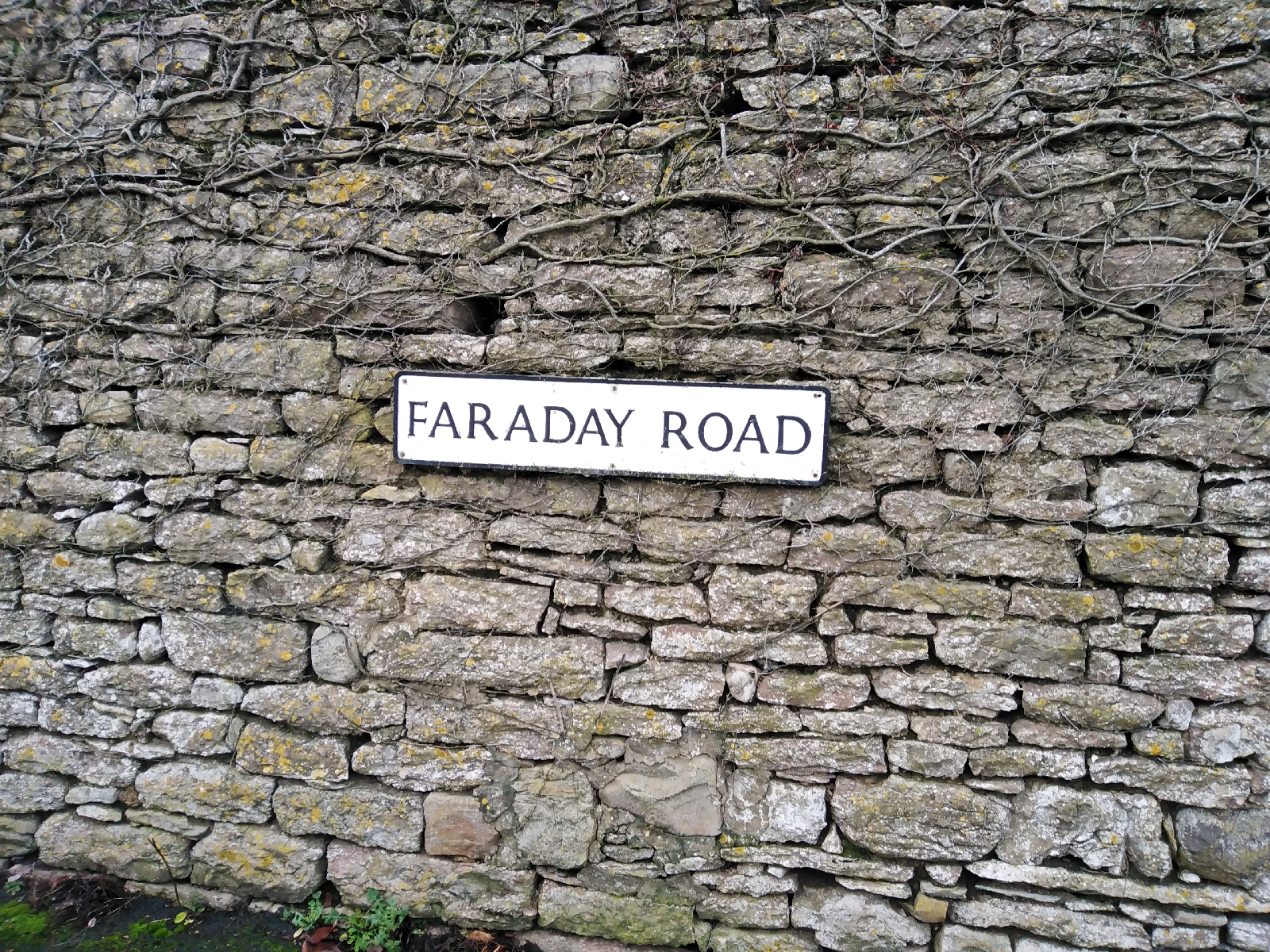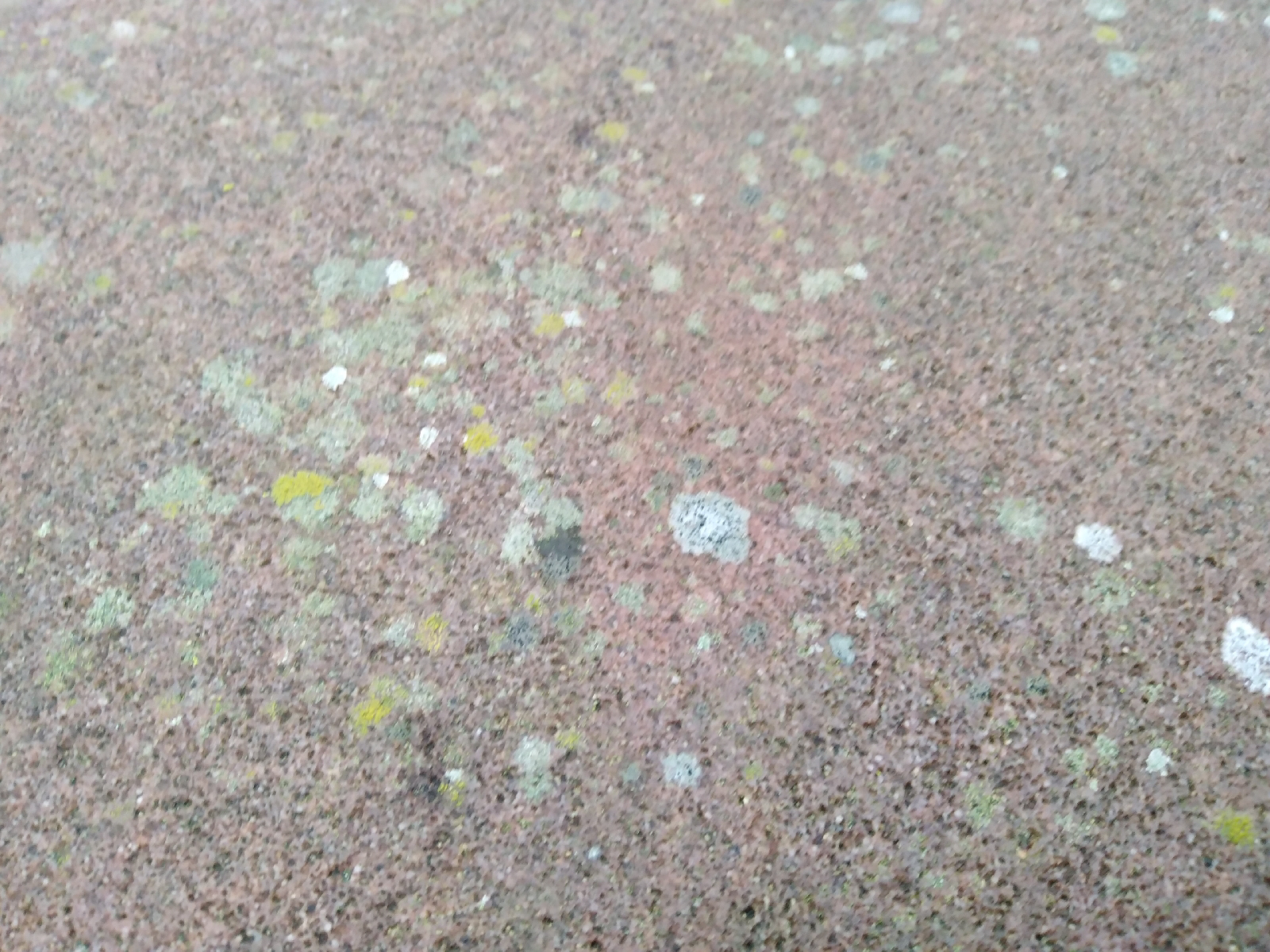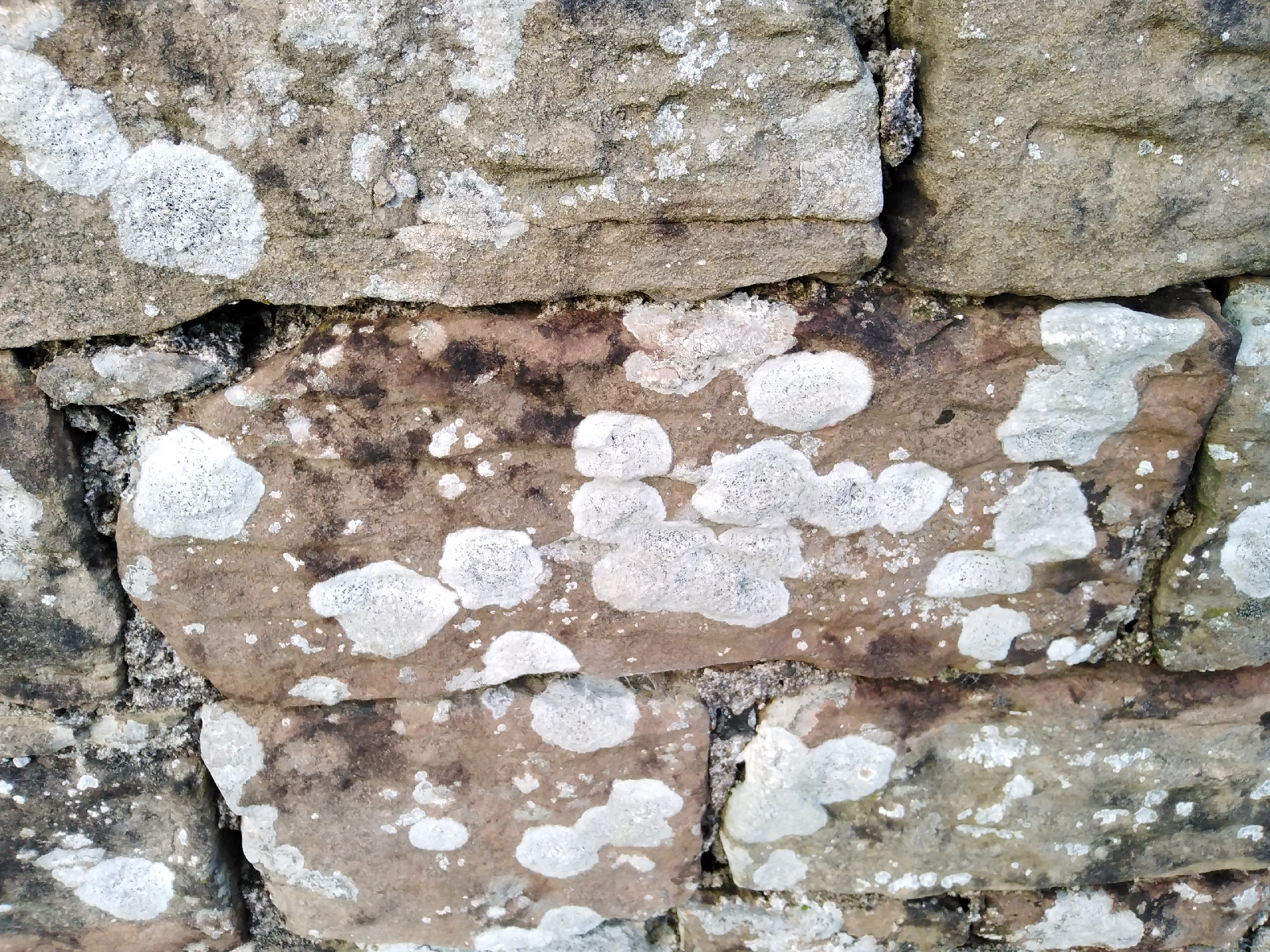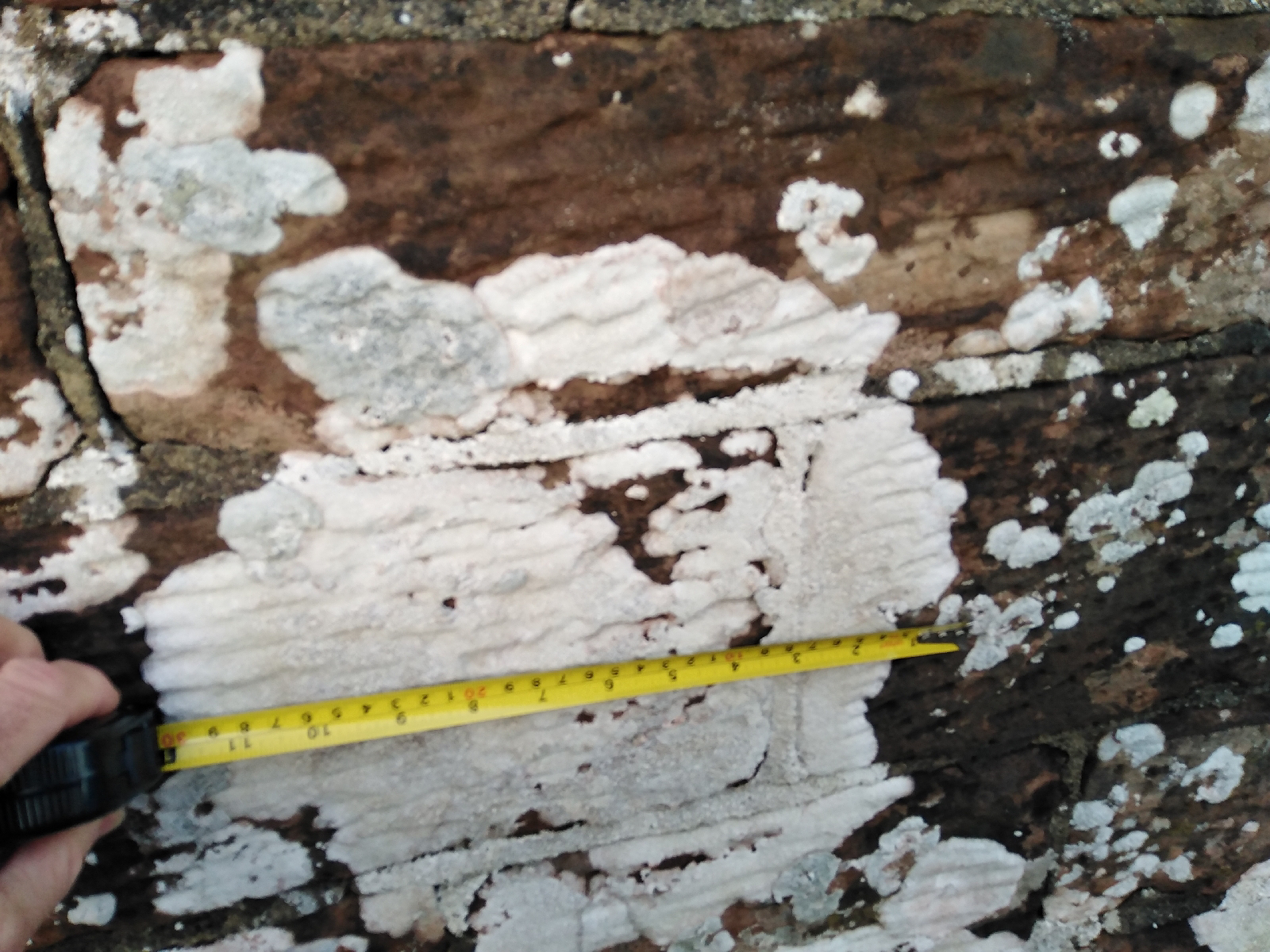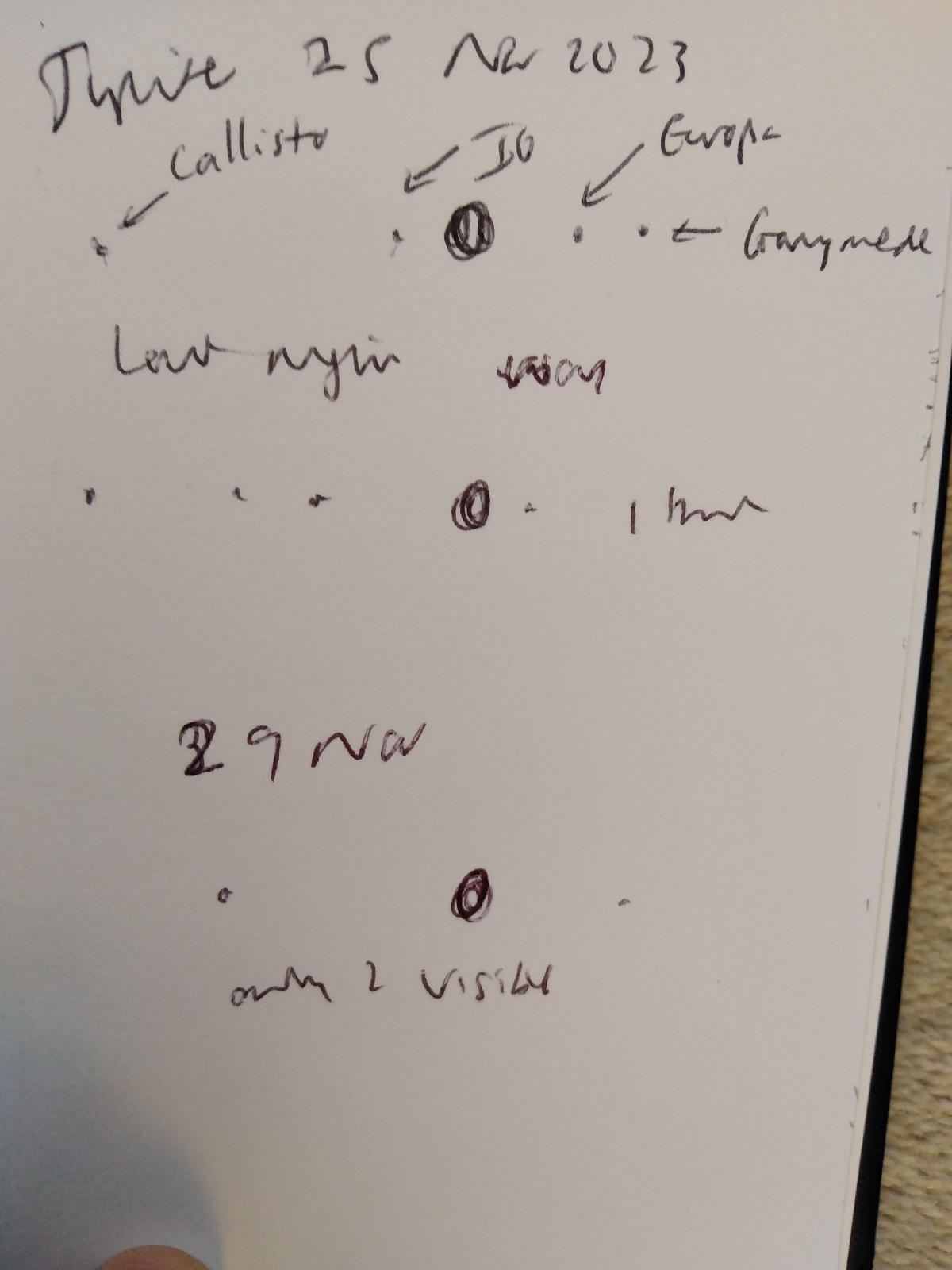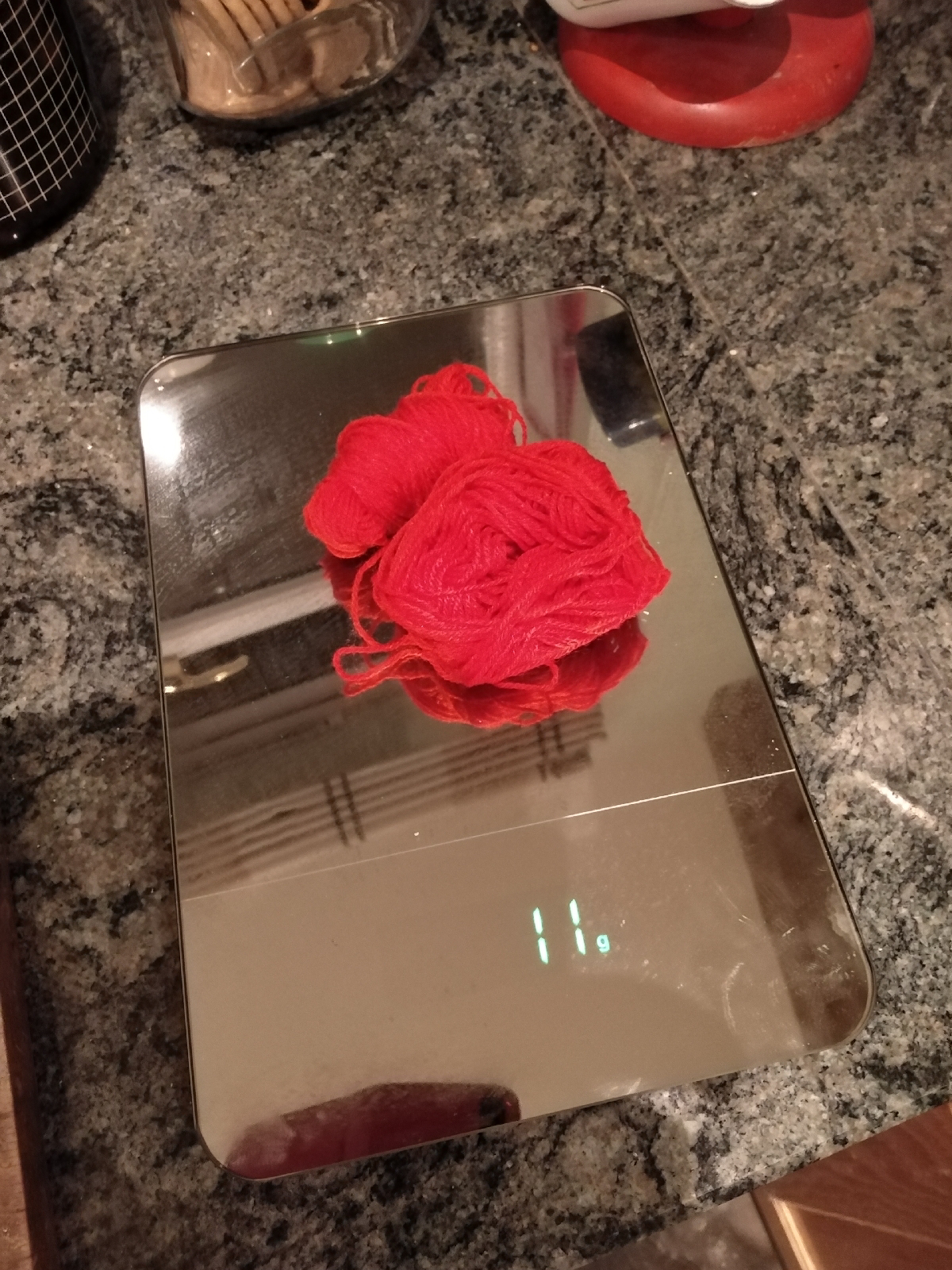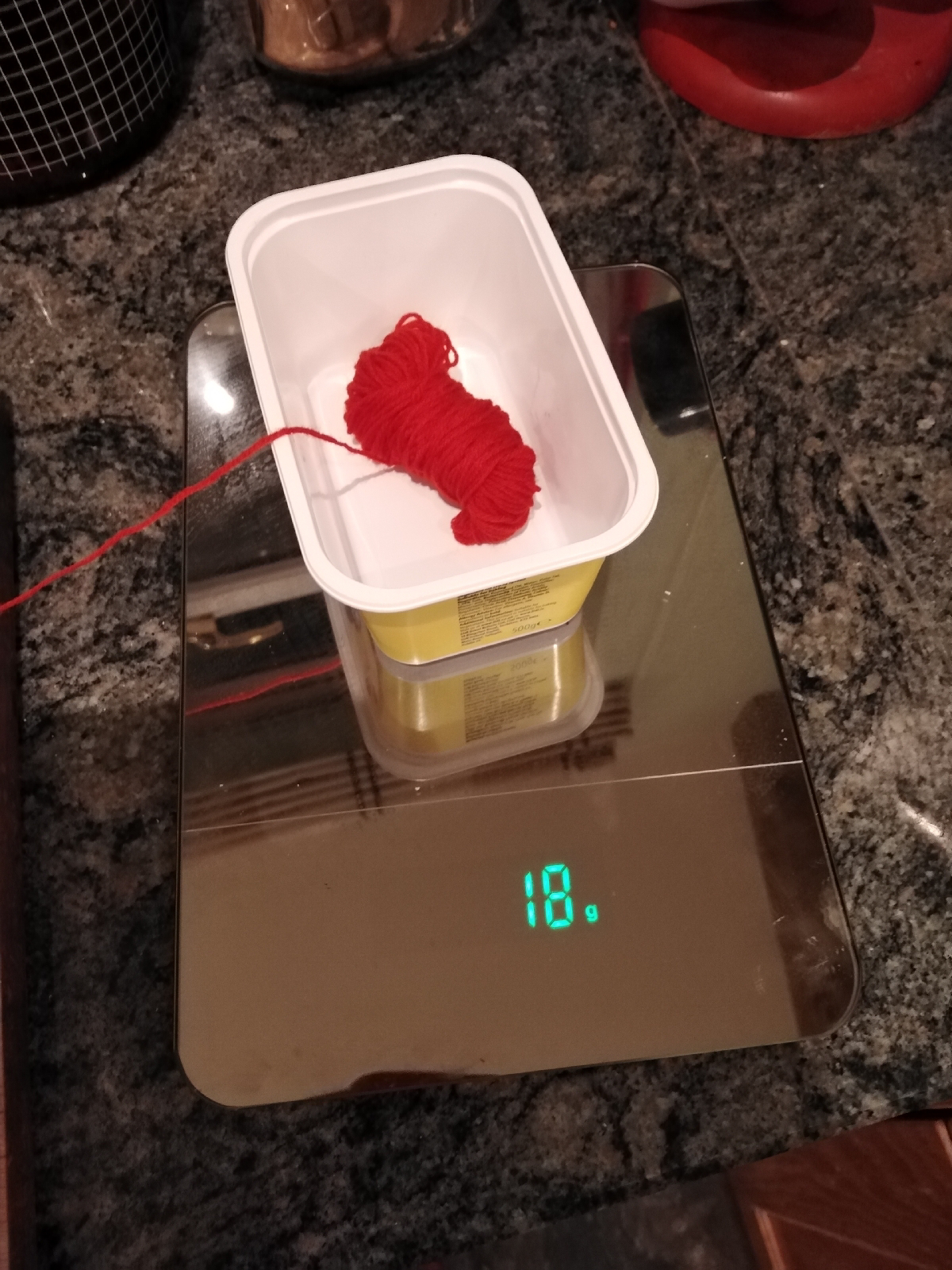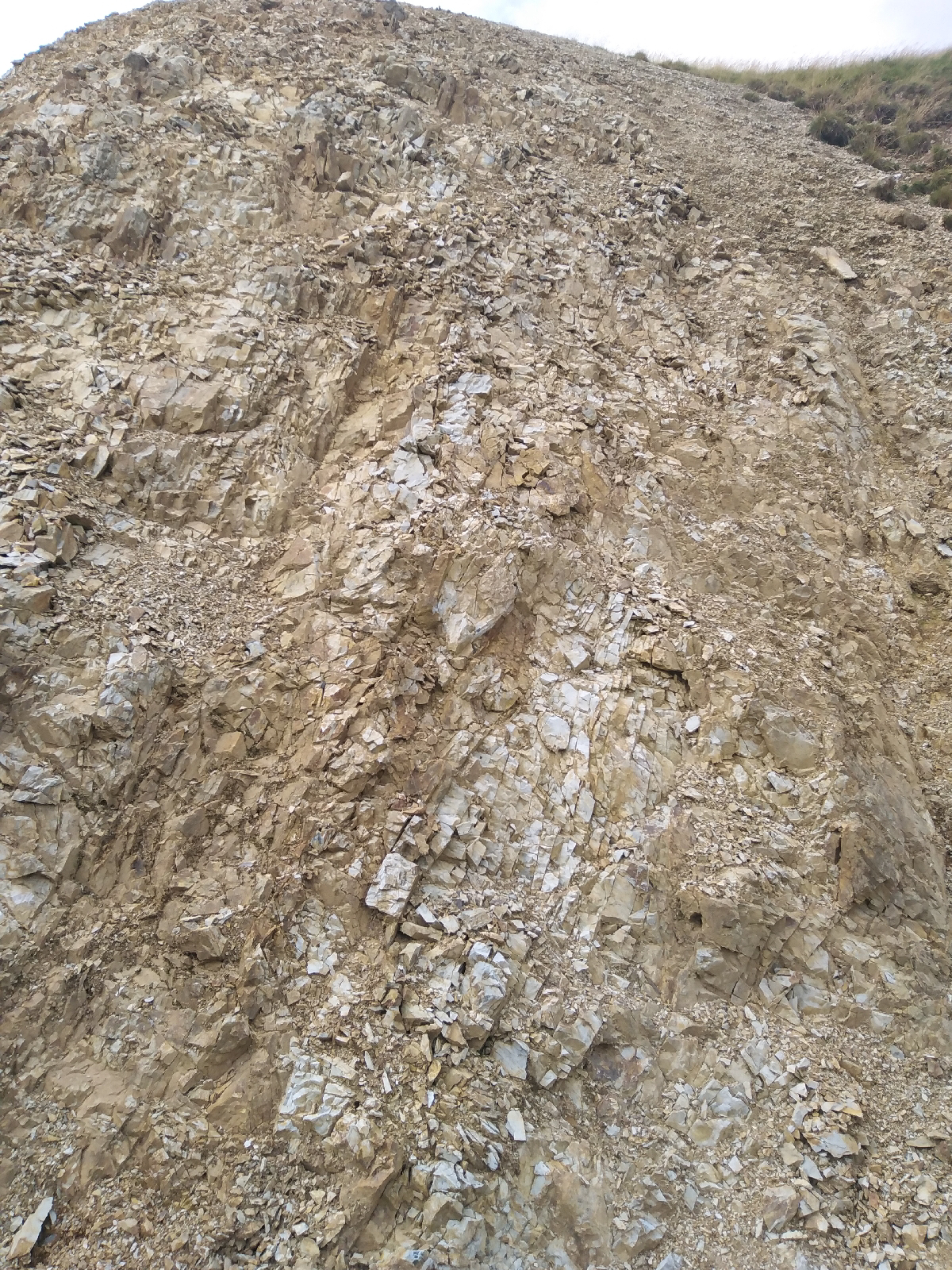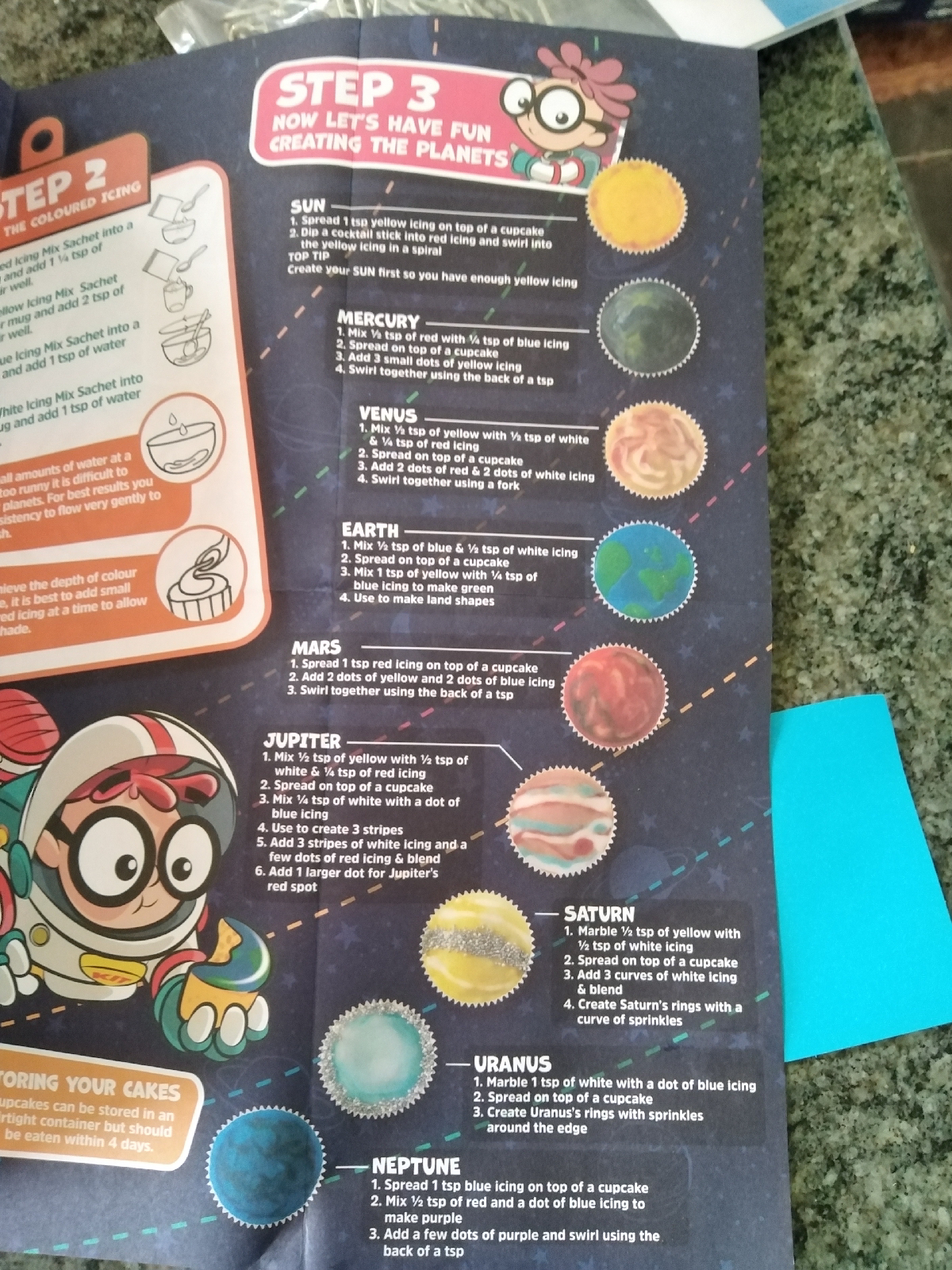It's ten years since I've been to Kirkby Stephen but this time I found the road that is named after Michael Faraday's uncle. Good timing, because I've just come across the concept of the Faraday Constant. F is the electric charge of one mole of protons. This came as a spin off from looking at Gibbs Free Energy and how that is used in electrochemisty.
Wednesday, 27 December 2023
Sunday, 24 December 2023
Gibbs Free Energy
One thing I have never got to grips with is Gibbs Free Energy. I can see the way to do chemical calculations using it but that doesn't tell you what it is. Every time I have come across it in thermodynamics, I have not understood what it is about. So I have been delving into the wonderful Great Physicists book which has the best account I've seen. I taught that Internal Energy U is the sum of the kinetic and potential energies of the particles. This can be affected by heat energy and mechanical work, which would increase the kinetic energy of the particles. I used to teach this as "hit it or heat it". But the potential energies can be affected by chemical reactions and the total number of particles will also affect the sum of kinetic and potential energies. The work on Gibbs Free Energy is going to lie in this area.
Thursday, 21 December 2023
Ocean of Storms
There was a lovely image on APOD called Ocean of Storms. I'd not heard of that area of the Moon. It turns out the orientation of the image isn't the same as that with which I see the Moon. It's called an ocean because it is a particularly large area. The Seas and Oceans are areas of basaltic lava that are less reflective than the highlands and so look like bodies of water to the naked eye.
Wednesday, 20 December 2023
Bill Gates's book on climate change
I have been reading this book. It is easy to read and contains some gems of data. On page 73 he says that a typical American house uses 29kWh of electricity per day. At the moment, in mid-winter, we are using about 6kWh. I guess one big difference is that we don't run air conditioning.
Sunday, 17 December 2023
More lichenometry problems
Closer inspection of the wall shows that in the some sections, the mortar has clearly been repointed. I suppose that's obvious. Now it is not clear that siliceous-loving lichen would want to grow across lime-rich mortar but it clearly has in some places. It may be that the repointing has removed some lichen. There are clearly some patches that are stone but differently coloured suggesting that they were covered at one point.
Not a problem but an interesting observation is that the slight overhang of the capstones keeps the top section drier which may affect the growth of lichen. In places the bottom of the wall is mossy because that is the wettest part.
Wednesday, 13 December 2023
Annual rings in lichen as a lichenometry method
I noticed that these lichens seemed to have clear growth rings in them. I found a paper on this. It seems likely that lichen grow more in the summer than the winter. If so I will be able to date these lichen on the wall by the by-pass. The bottom one would be about 15 years old.
Tuesday, 12 December 2023
Another lichenometry measurement
Woodside Park is across the road from the cemetery. The entrance wall has been there about 5 years. There is already lichen on the top surface.
It looks like roughly 2mm a year growth. It is also sandstone but a flat by surface.
The thing that undermines some of my theory is the presence of a few large patches.
Sunday, 10 December 2023
Problems with the lichenometry
The picture below shows many small lichens growing on the same stone. I didn't measure them but based on the previous growth rate, they will be a decade or two old. This are starting to merge.
The large lichen below has definitely grown round a smaller one of a different species.
Friday, 8 December 2023
Lichenometry investigation
I came across lichenometry as a way of ageing exposed rock on mountains.
The outer wall of Wigton Cemetery seemed like an ideal place to start. The cemetery was built in the 1850s so the wall will be about 170 years old.
Wednesday, 6 December 2023
Monday, 4 December 2023
What happens to a wind turbine when the wind stops?
I saw a claim on the Internet that wind turbines can keep spinning for hours after the wind has dropped. Sounds incredible to me. So I decided to do a calculation based on the turbines at Watchtree. I used an approximation where I calculated the kinetic energy at rated power and divided by the rated power, assuming it would generate at that power until it stopped. I modelled the three blades as uniform spinning rods using data from here. I = 1/3.m.L^2 = 1/3 x 1500 x 23^2 = 264500kgm^2. Rotational speed = 1650 U/min. The units are in German: Umdrehungen pro Minute is revs per minute. That's 172 rad/s. Rotational ke = 1/2 I.w^2 = 4 x 10^9 Joules. At 660kW output, it would take roughly 100 minutes to use all that energy in the generator. Maybe there is some truth in the claim.
Friday, 1 December 2023
Microfibre
Micro has a particular meaning in science: 10^-6 or on millionth. So how does that apply to fibre? It turns out that the fibres have a diameter of less than 10 micrometres so I wouldn't be able to measure that with a micrometer screw gauge. I guess that the small diameter gives the fibres a much bigger surface area when woven like this so that more water can bind to the surface, It says that the polyamide content, which is 12% on this white part of this cloth, due to hydrogen bonding. Looks like this has opened up a whole new area of interest!
Thursday, 30 November 2023
Moons of Jupiter
The run of clear skies with Jupiter prominent has convinced me finally to take an interest in the Galilean moons. One issue is that they won't photograph with my set up, so I went back old school and started to draw them. Nothing drawn for the 26th because I could only see two moons and thought perhaps the bright Full Moon was affecting visibility. Last night the penny finally dropped - sometimes when you look, the moons of Jupiter are in front of or behind Jupiter! Also I had been assuming that they were always at the extremes of their orbit as seen from Earth, but they might be part way round with our view seeing them shuttling backwards and forwards on an edgeways line view. This brilliant viewer has helped me to understand what I'm looking at.
Wednesday, 29 November 2023
Weighing the wool
I needed to divide this ball of wool in half. The plan was to unwind until the two part balls weighed the same. Problem is that the balance won't register below 10 grams, though the resolution is +-1 gram.
The solution was to use an object heavier than 10 grams. That got it to register and the resolution was as good as needed.
Tuesday, 28 November 2023
Balloons in the cold
It was very cold on the morning of the bazaar. After the incident in September when sunlight on balloons put in so much energy that the balloons burst, I was interested to see what happened. This time, thermal energy should cross the system boundary into the surroundings, reducing the internal energy of the particles. For a gas, internal energy is the sum of the kinetic energies of the particles. The particles would have less kinetic energy so less frequent and softer collisions with the rubber and reduced pressure. That didn't happen. The balloons remained as they are pictured. However, the sun did start to shine on the balloons so that would put energy back into the system.
Monday, 27 November 2023
Fish tank ripple tank
The lighting in the cuttlefish tank at Maryport Aquarium was providing two sorts of ripple tank. Above, the light reflects from the ripples and is projected onto the ceiling. Below, it refracts through the surface and produces the pattern of light and dark lines on the sand.
Sunday, 26 November 2023
Cearcall mun Ghealaich
I failed to see the aurora las night despite a red alert, but the halo around the Moon was magnificent. Lots of people saw it. This is the 22 degree halo. This means an angle of 22 degrees is subtended from the centre of the Moon to the halo. The Moon itself subtends about half a degree. I was hoping to make some measurements on the photo to verify it but even allowing for blurring of the Moon due to the overexposure needed to pick up the halo, I can't see it would work by measuring. Cearcall mun Ghealaich is a poem by Catriona Montgomery set and sung by Julie Fowlis about the portents associated with a ring around the Moon.
Sunday, 19 November 2023
Silk Damping and dark matter
I have been listening to Sean Carroll's Mindscape podcast on the Crisis in Physics. I was put off at first because it is over 4 hours long but I have listened in installments. It's brilliant. I am learning so much and am going to try to explain to myself what I learned. He explains evidence for dark matter. One piece is from Silk Damping which comes under Diffusion Damping. This is how the differences in density in the early universe were smoothed out. Photons were released and free to travel. They interact with normal matter and took protons and electrons with them. This evened out the density but it oscillated until it settled down. If I have understood it correctly, it is damped by gravity. Here is a normal damping graph from mechanics with exponential decay in amplitude.
Here is the power spectrum from the Cosmic Microwave Background. The issue that Joseph Silk explained is why these two peaks have the same amplitude. The photons cannot interact with dark matter so the dark matter has no part in the outward expansion. However, on the rebound dark matter can exert a gravitational pull, making the peak bigger than expected. That's what I understood the podcast to be saying!
Saturday, 18 November 2023
Burnt mince pie and 1st Law of Thermodynamics
Overdoing a mince pie in the microwave resulted in a cracked dish and a big burnt smell! It got me thinking about the treatment of the 1st Law of Thermodynamics at GCSE these days. Instead of just saying that work and heat can cross a system boundary, we now say it is mechanical work, electrical work, heating by particles and heating by radiation. If this pie had been in the oven at 180oC, it would not have been able for it to get higher than that temperature. The heat would be crossing the system boundary by conduction, ie heating by particle vibration. If the outside is at a higher temperature than the inside, then there is more energy transfer into the pie, but there will also be some coming out. At 180oC, the same amount would be coming in and coming out. Thermal equilibrium is reached. In the microwave, the it is heating by radiation that crosses the system boundary. As the pie heats up, there will then be some conduction (heating by particles) back out but this will be slower. So if a thermal equilibrium is reached it will be at a higher temperature. I suppose this neglects the idea that the hot pie itself is a black body emitting infra-red, but this clearly doesn't bring it to a sensible thermal equilibrium in the face of constant extra radiation heading inwards.
Monday, 13 November 2023
The Pleiades
The conditions were good for photographing The Pleiades. This is called an open cluster. These are stars that are actually close together and held as a group by gravity at the moment. That is going to change in the future. They are blue stars of B classification which means they are very hot and burn through their fuel quickly. This says that they are about 100 million years old but have only about 250 million years left.
Sunday, 12 November 2023
Stable Auroral Red
The brilliant Aurora Watch app warned to look out in real time, but sadly it was very cloudy here. There were amazing pictures from other places and APOD featured a phenomenon called Stable Auroral Red. I'm hoping my first ever sighting of the aurora won't be far away!
Saturday, 11 November 2023
Trying to photograph the Sun
I tried using eclipse filters with my phone camera.
At first it was overexposed.
Then I realised that camera auto settings were making the exposure too long because the camera thought it was dark.
This is more like what my eyes could see.
This is the actual view!
Thursday, 9 November 2023
Embleton Diorite
This comes from the amazing quarry above Embleton. It was formerly quarried for roadstone. According to the BGS this is an Ordovician intrusion so it is old but not as old as the Skiddaw Group rocks into which it has intruded. Smith describes it as "speckled appearance ... moderately coarse". That fits with these samples. Diorite differs from granite in having a much higher plagioclase content.
Wednesday, 8 November 2023
Sunspot bigger than the Earth
Mrs B noticed the scale on the NASA SOHO feed. The sunspot just above the centre on this image is bigger than the Earth!
Tuesday, 7 November 2023
Sound from the wood
I was impressed by this at RSPB Old Moor. I suppose I shouldn't have been surprised that solid wood makes a note because of xylophones. And it has just struck me that xylo- and xylem must come from the same Greek root for wood. The longest piece was about 90cm long. That would be half a wavelength so f = v/lambda = 230/1.8 = 130Hz which seems about right - a low audible note.
Monday, 6 November 2023
Dry Gill
This rock from the flanks of Carrock Fell is an Ordovician mudstone called the Drygill Formation. I knew that there was said to be part of the Windermere Supergroup rock formation in these parts but I thought that they were Silurian rocks. In my mind, the Ordovician is volcanic. However this article explains all. It sounds like the volcanoes subsided and a sea formed on top. These mudstones are the first product. We didn't find any fossils. Here is the BGS lexicon description of the rock. This rock is quite bleached but I think that it seems more likely to be due to weathering than due to the intrusion just below.
Friday, 3 November 2023
St Helens Lane Solar Farm, Siddick
We spotted this solar farm on the hill behind Siddick. I am trying to gauge the capacity of these installations. Looking at the renewable energy interactive map accessible from the government website, this one is 5MW. I found that for the UK, peak demand is 47GW. To 1sf this gives about 1000W per person, so this solar farm could power half of Wigton. Obviously battery storage would be necessary though!
Thursday, 2 November 2023
Jupiter again
Jupiter is back in the evening sky again. It made me realise that it is a bit later this year - I was looking at it in the same place in early October last year. It takes Jupiter 12 years to go round the Sun. In the year that it takes the Earth to go round the Sun, Jupiter has also moved on round its orbit so we have to go round our orbit for more than 12 months to catch up with it again. Jupiter advances by 1/12 of its orbit in an Earth-year which works out as an extra month for us - hence I'm seeing in early November what I saw in early October last year.
Wednesday, 1 November 2023
Eating the solar system!
Thanks to Mrs B for the solar system cake kit. The Sun is on the left and it follows in order through to Neptune on the right. Making up the colours was interesting. Some are more successful than others. The professional solution is below
Tuesday, 31 October 2023
Long shutter setting
These two pictures were taken a few seconds apart. The one above is what I could see with my eye. The shutter was open for a fraction of a second. And this was with a digital camera where the quantum efficiency is much higher than that of a silver nitrate film. Below is a shutter time of 8 seconds. You'd think it was just a dull day. It was close to full moon, but the moon was behind the clouds. It shows how much light is out there and gives an insight into the world of nocturnal animals.
Subscribe to:
Posts (Atom)
